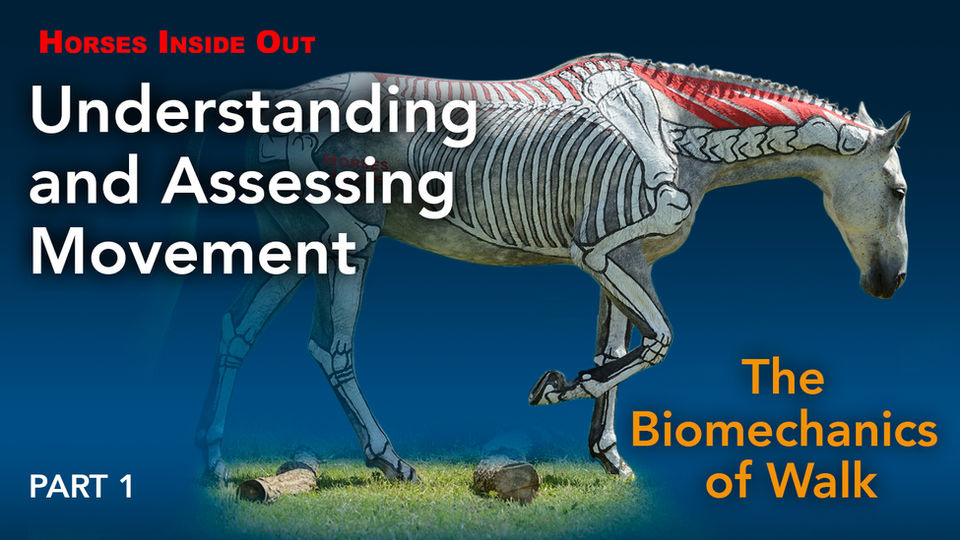Striving for Straightness - On-Demand Webinar
Straightness is an important pillar of your horse’s training. The ultimate aim is to have your horse as symmetrical and straight as possible. However, the reality is that no horse is completely symmetrical.
All is not lost – there’s plenty you can do to improve your horse’s straightness. Using the right exercises to train his muscles and straighten him it is possible to achieve better movement, performance and improved posture.
A straight horse will be physical and mentally in balance, symmetrically and muscularly fit, supple, strong, able to round his back and carry the rider with ease. To help you achieve this, having the ability to assess a horse’s straightness from in front and behind as well as the side is an effective method of evaluating symmetry and soundness.
In this webinar Gillian explains and illustrates the biomechanics of straightness – bringing this fascinating subject to life using her signature anatomically painted horses and slow-motion video. Gillian suggests a number of different exercises you can do with your horse as well as massage and mobilisation techniques that all help improve your horse’s straightness.
Whether you’re a trainer, rider or therapist once you have a clearer understanding of the biomechanics of straightness and know what techniques to use to assess and improve it, you’ll be able to improve the horse’s straightness and way of going.
Watch Trailer
This on-demand webinar was recorded on the
8th December 2022 and is episode 3 of series 4.
Course Structure
Following an introduction this webinar covers:-
1. Defining Straightness
2. Causes of Asymmetry including:-
Pain and Trauma Related Asymmetries
Habitual Asymmetries
Congenital Asymmetries
Developmental Asymmetries
Environmental Asymmetries
Asymmetries caused by Training and the Rider
3. Assessing Straightness
UNLIMITED ACCESS
Anytime - Anywhere - As many times as you like!
Once purchased, you can watch this on-demand webinar at any time and as many times as you like from any device and from the comfort of your own home! Just make sure you are logged in and then watch it by pressing the button below.
Other on-demand webinars you may enjoy...
- 80£
- 40£
- 30£





















